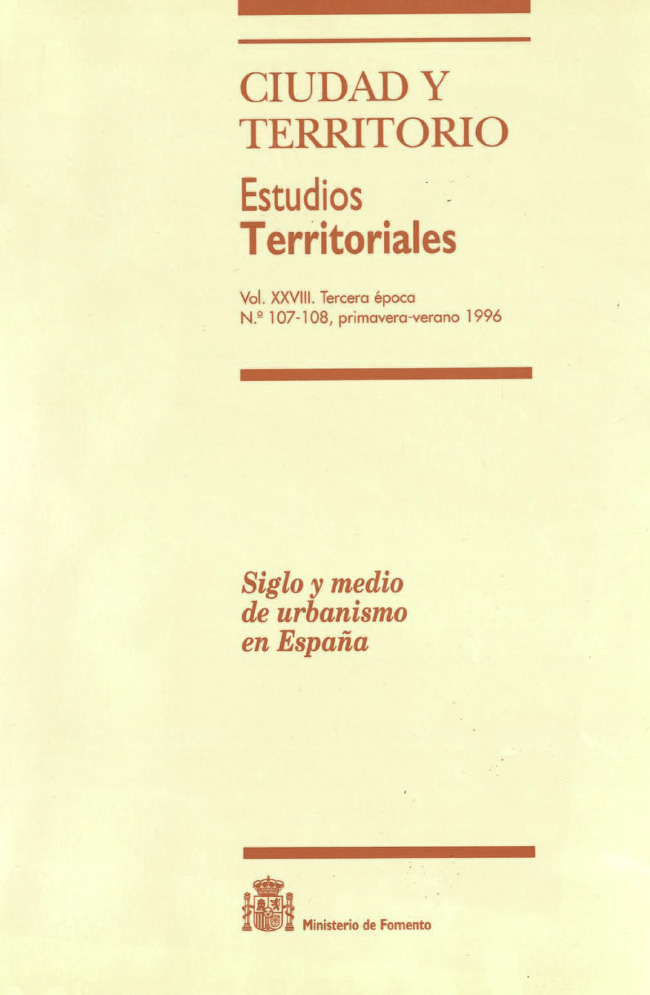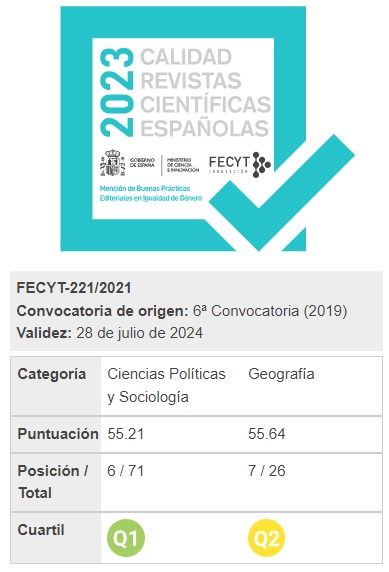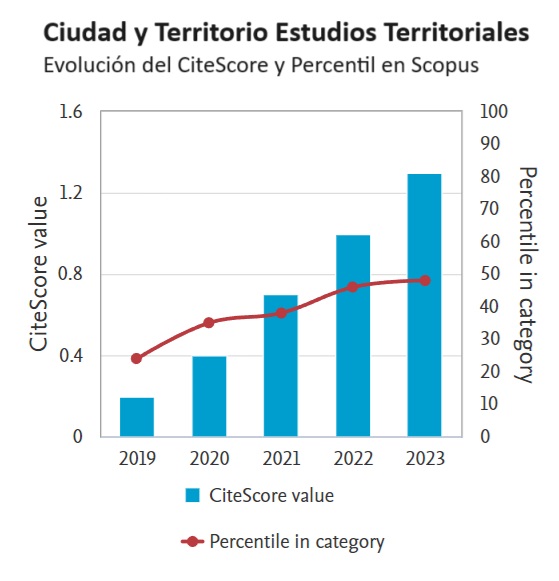The historical background to drawing up of the Land Use and Town and Country Planning Act of 12 may 1956
Abstract
The paper states that the variform legislation as to things urbanistic that had come down to it from the 19th century called for a decisive impulse once the Spanish Civil War was over to make possible not only the reconstructing of those cities then destroyed but also to bring together the techniques of public intervention and spur private initiative both within the scope of the planning leadership and control of the new State. Through a necessary administrative reform and by means of the technical experiments to the Plan for Madrid of the immediate post war period (1944), the intense period of generation of the new Act is here said to have got under way. The physical planning and administrating of both cities and their extension [ensanches] along with the city seen as a whole were to be encompassed and this process it was hoped to mobilize landowners as part and parcel of the process. The Land Use Act of 1956 is felt to have been paragon amongst those of other European nations at this period facing the problems of reconstruction after the Second World War despite some of its more singular administrative figures such as that to its central notion of reparcelación [reallocation of volumes, cost-benefits and uses by zones] not to be met anywhere else. The setting up of the Ministry of Housing to meet the vast task of building publicly subsidized homes and taxed with national urbanistic planning removed these activities from the sphere of the Ministries of State Security and the Home Office, the latter controlling local government. The author maintains that the unusual excellence, solidity and technical competence of this first urbanistic Act of the modern period goes a long way towards explaining why its founding principles have lasted through to the present day all but unchanged despite three partial reforms of the Act and its 40 years on the books.
Downloads
Downloads
Published
How to Cite
Issue
Section
License
Copyright (c) 1996 Pedro Bidagor Lasarte

This work is licensed under a Creative Commons Attribution-NonCommercial-NoDerivatives 4.0 International License.
Considering the provisions of the current legislation on Intellectual Property, and in accordance with them, all authors publishing in CyTET give -in a non-exclusive way and without time limit- to the Ministry of Transport, Mobility and Urban Agenda the rights to disseminate, reproduce, communicate and distribute in any current or future format, on paper or electronic, the original or derived version of their work under a Creative Commons Attribution-NonCommercial-NoDerivative 4.0 license International (CC BY-NC-ND 4.0), as well as to include or assign to third parties the inclusion of its content in national and international indexes, repositories and databases, with reference and recognition in any case of its authorship.
In addition, when sending the work, the author(s) declares that it is an original work in which the sources that have been used are recognized, committing to respect the scientific evidence, to no longer modify the original data and to verify or refute its hypothesis. Author(s) also declare that the essential content of the work has not been previously published nor will it be published in any other publication while it is under evaluation by CyTET; and that it has not been simultaneously sent to another journal.
Authors must sign a Transfer of Rights Form, which will be sent to them from the CyTET Secretariat once the article is accepted for publication.
With the aim of promoting the dissemination of knowledge, CyTET joins the Open Journal Access (OA) movement and delivers all of its content to various national and international indexes, repositories and databases under this protocol; therefore, the submission of a work to be published in the journal presupposes the explicit acceptance by the author of this distribution method.
Authors are encouraged to reproduce and host their work published in CyTET in institutional repositories, web pages, etc. with the intention of contributing to the improvement of the transfer of knowledge and the citation of said works.








 Enlace a CyTET en Linkedin
Enlace a CyTET en Linkedin